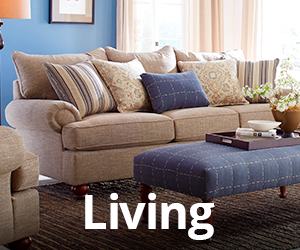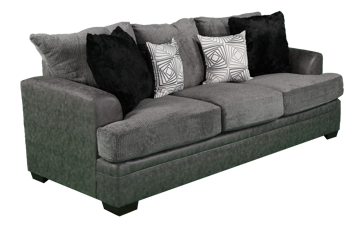A table is a piece of furniture with a level top and something like one leg used as a surface for working at, eating from, or on which to put things. Some typical sorts of the table are the parlor region table, which is used for arranged individuals to eat dinners; the nightstand, which is a low table used in receiving areas to show things or serve rewards; and the bedside table, which is used to put a morning clock and a light. There is furthermore an extent of explicit sorts of tables, such as fireplace tv stand , used for designing drawings, and sewing tables.

Typical arrangement parts include:
- Top surfaces of various shapes, including rectangular, square, changed, semi-round or oval
- Legs engineered in something like two relative sets. It normally has four legs. Regardless, a couple of tables have three legs, use alone profound stage, or are added to a divider.
- A couple of estimations of the falling table that can be collapsed into a more unobtrusive volume (e.g., a TV plate, which is a reduced, imploding table on a stand)
- Heights running all over from the most generally perceived 18–30 inches (46–76 cm) range, often reflecting the stature of seats or bar stools used as seating for people using a table, as for eating or performing various controls of articles laying on a table
- A monstrous extent of sizes, from little bedside tables to colossal parlor region tables and enormous gathering room tables
- Presence or nonattendance of drawers, racks, or various areas for taking care of things
- Augmentation of the table surface by the expansion of leaves or getting turned drop leaf regions in a level position (this is particularly typical for devouring tables)
History :
They were routinely negligible more than stone stages used to keep objects off the floor, but several examples of wooden tables have been found in internment chambers. Food and drinks were commonly adorned on huge plates eliminated for eating. The Egyptians used distinctive little tables and raised playing sheets. The Chinese moreover made early tables to pursue imaginative articulations of forming and painting, as occupied in Mesopotamia, where various metals were used.
Furniture during the Middle Ages isn’t excessively known as that of previous or later periods, and most sources show the sorts used by the decency. In the Eastern Roman Empire, tables were made of metal or wood, generally with four feet and regularly associated with x-formed bunks. Tables for eating were tremendous and habitually round or sickle. A blend of a little round table and a platform seemed, by all accounts, to be extraordinarily renowned as a forming table. In western Europe, the interruptions and internecine struggles caused by far most of the data procured from the customary chance to be lost. In view of the crucial flexibility, most tables were essential to help tables, though minimal round tables delivered utilizing joinery returned during the fifteenth century and forward. In the Gothic time frame, the chest became all over and was much of the time used as a table.

